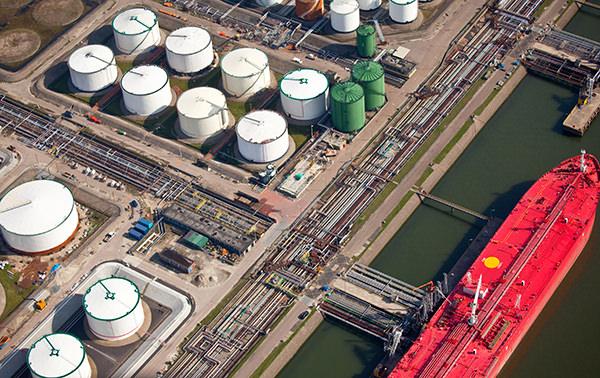AMINE TREATER REGENERATOR VENT SCRUBBER
The following application concerns the removal of H2S from a water saturated CO₂ gas stream that was produced from an alkanolamine sweetener.
A natural gas plant located in the northwestern New Mexico, removes acid gas with alkanolamine absorption and regeneration. The resulting acid gas rejected in the regenerator vent contains over 99% CO₂ and as much as 150 ppm H2S. Reducing the H2S concentration to 10 ppm or less permits the gas to be discharged to the atmosphere.
Specially formulated Triazine is injected via an atomizer into a horizontal line just ahead of a static mixer in the rich amine feed to the regenerator. Before the CO₂ reaches the contact tower, the H2S concentration drops from 150 ppm to 40 ppm. The remaining H2S is removed in the regenerator. For more details on optimizing your amine plant infrastructure, check out this link.
The contact tower is on liquid level control.
The 10 ppm permit H2S level is easily achieved, and the air is discharged into the atmosphere.
The spent Triazine is disposed of in permitted disposal wells.
This continuous system has produced substantial economic benefits for the customer.

Pro3® HT delivers faster H2S removal and superior performance under extreme heat—outperforming triazine and alkylamine scavengers in both lab and…

Pro3® replaced MEA-Triazine for crude loading operations—cutting chemical use by 50%, eliminating corrosion and demurrage costs, and keeping H2S below…

Pro3® replaced MEA-Triazine at an Eagle Ford terminal—cutting chemical use by 80%, saving $35K per month, and reducing H2S levels…